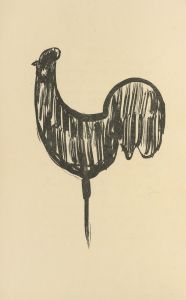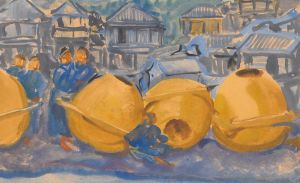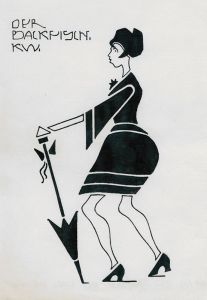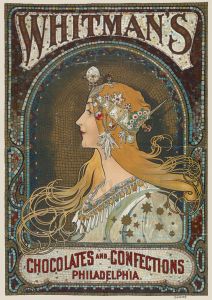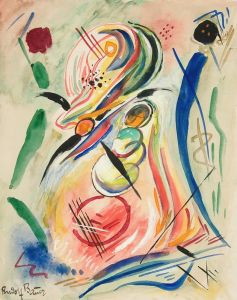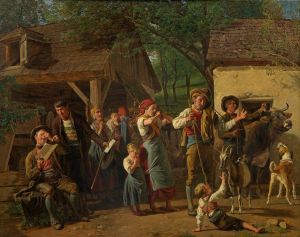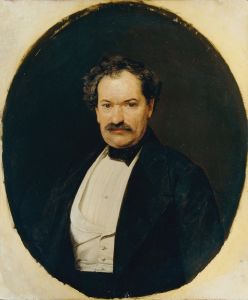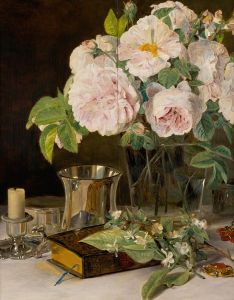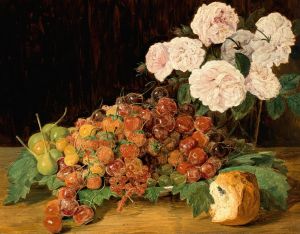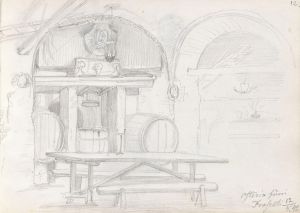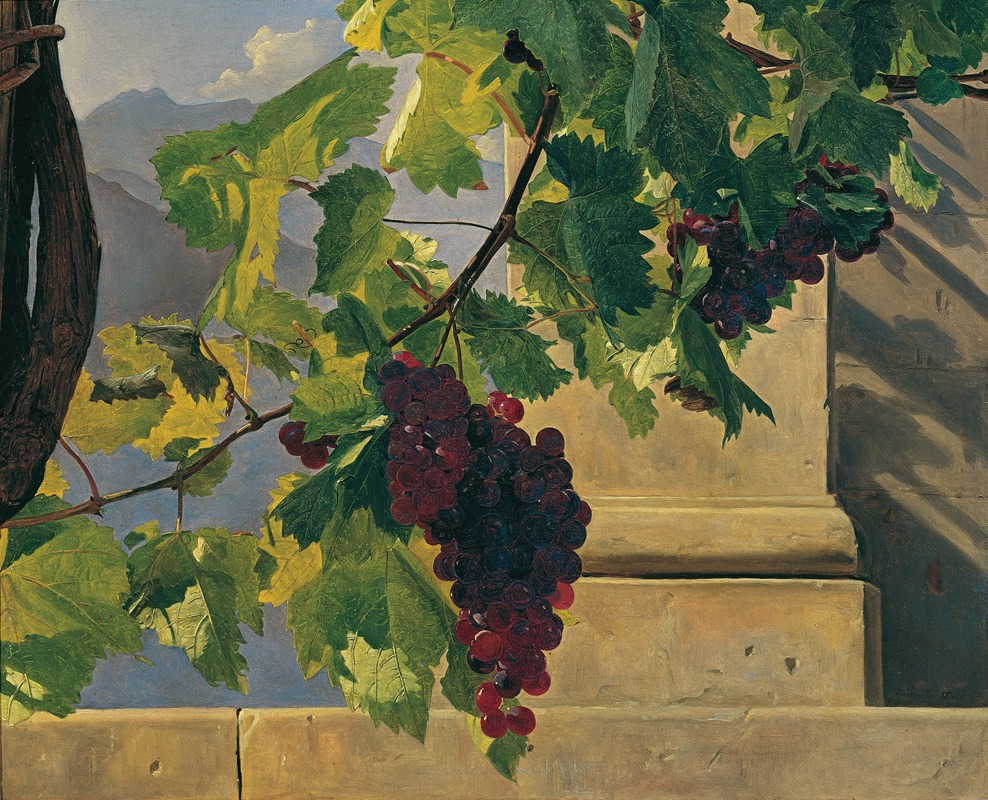
Traubengehänge
A hand-painted replica of Ferdinand Georg Waldmüller’s masterpiece Traubengehänge, meticulously crafted by professional artists to capture the true essence of the original. Each piece is created with museum-quality canvas and rare mineral pigments, carefully painted by experienced artists with delicate brushstrokes and rich, layered colors to perfectly recreate the texture of the original artwork. Unlike machine-printed reproductions, this hand-painted version brings the painting to life, infused with the artist’s emotions and skill in every stroke. Whether for personal collection or home decoration, it instantly elevates the artistic atmosphere of any space.
Ferdinand Georg Waldmüller (1793–1865) was an Austrian painter and one of the most prominent figures of the Biedermeier period. Known for his detailed and realistic depictions of landscapes, portraits, and still lifes, Waldmüller’s works often reflect his keen observation of nature and everyday life. Among his extensive oeuvre is the painting Traubengehänge, which translates to "Grape Cluster" in English.
Traubengehänge is a still life painting that exemplifies Waldmüller’s mastery of detail and his ability to capture the textures and colors of natural objects. The artwork features a cluster of grapes, rendered with remarkable precision and lifelike quality. The grapes, depicted in varying shades of green and purple, are shown hanging from a vine, with leaves and tendrils surrounding them. The composition highlights Waldmüller’s skill in creating a sense of depth and realism, as the light plays across the surface of the grapes, emphasizing their translucency and three-dimensional form.
This painting reflects Waldmüller’s interest in the natural world and his dedication to portraying it with accuracy and sensitivity. Still life paintings like Traubengehänge were a significant part of Waldmüller’s body of work, showcasing his ability to elevate simple, everyday subjects into works of art that celebrate the beauty of nature. His attention to detail and his use of light and shadow demonstrate his technical expertise and his deep appreciation for the subtleties of the natural environment.
Waldmüller’s work, including Traubengehänge, is often associated with the Biedermeier period, a time in Central Europe characterized by a focus on domesticity, simplicity, and the appreciation of nature. During this era, art often moved away from grand historical or religious themes and instead concentrated on intimate, personal, and natural subjects. Waldmüller’s still lifes, such as Traubengehänge, align with this trend, offering viewers a glimpse into the quiet beauty of the everyday.
Today, Waldmüller’s paintings are celebrated for their technical brilliance and their ability to capture the essence of their subjects. While specific details about the provenance or current location of Traubengehänge are not widely documented, the painting remains an example of Waldmüller’s contribution to the still life genre and his enduring legacy as one of Austria’s most important 19th-century artists.





